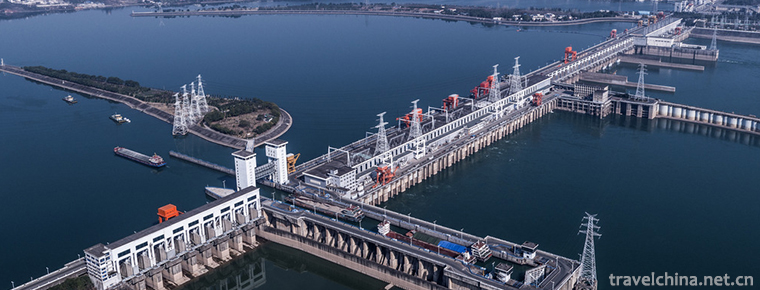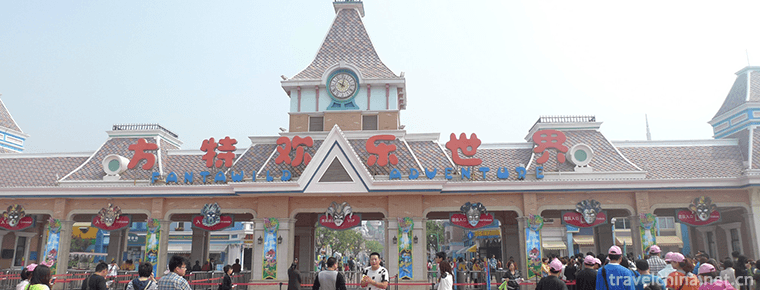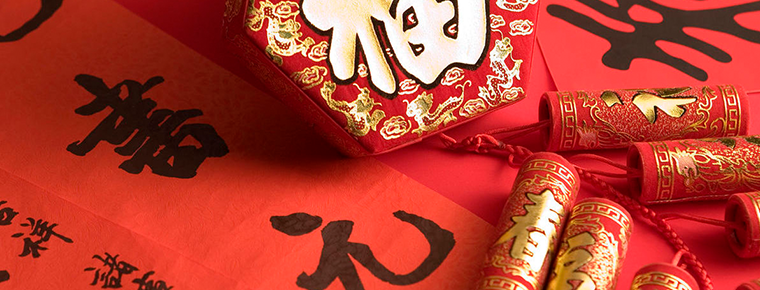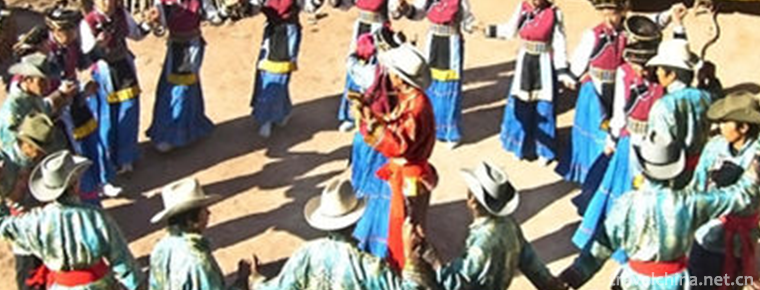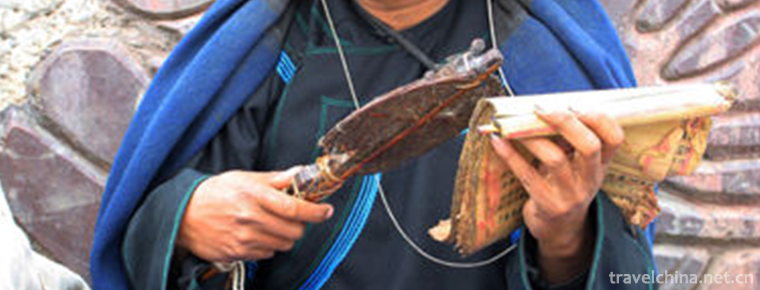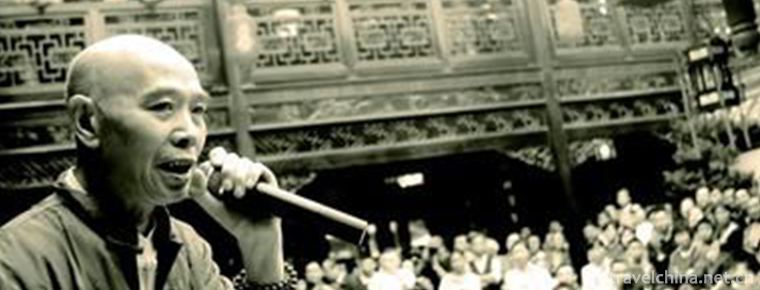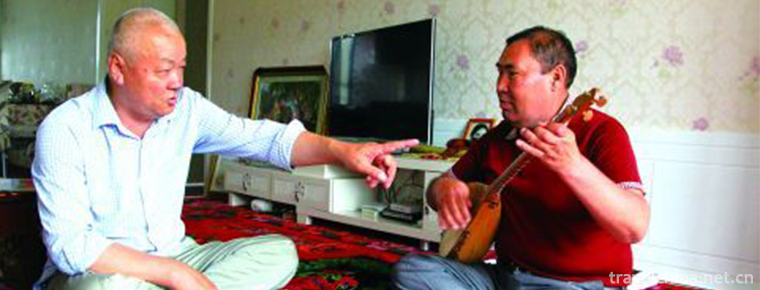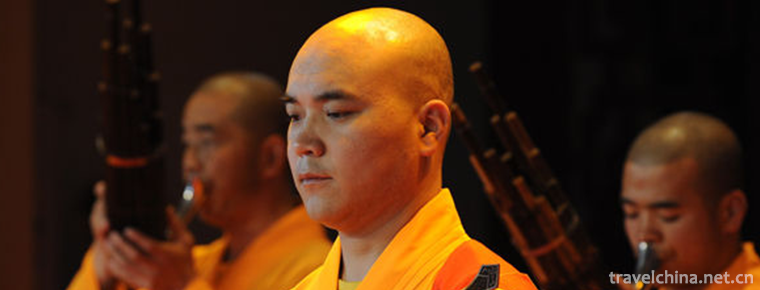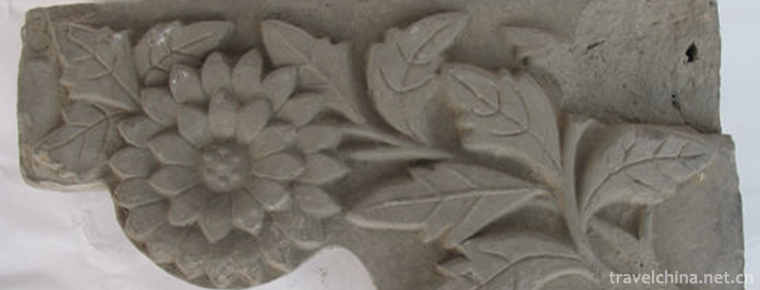Tianshi cave
Tianshi cave
Tianshi cave, also known as Chang Taoist temple, is the most important Taoist temple in Qingcheng Mountain. In 1983, it was designated as the national key Taoist temple by the State Council. In addition, there are four palaces in Qingcheng Mountain: Jianfu palace, Yuanming palace, Yuqing palace and Shangqing palace.
It is said that at the end of the Eastern Han Dynasty, Zhang Daoling, the founder of Tianshi Taoism, practiced preaching among the cliffs of the third Hunyuan peak on Qingcheng Mountain in Guanxian County, Sichuan Province, commonly known as Tianshi cave. The original temple was destroyed early and rebuilt in Qing Dynasty. There are three kinds of halls, namely Sanqing hall, Sanhuang hall and Huangdi temple.
Main attractions
Sanqing Hall
Sanqing hall is the main hall, built in 1923, is a double eaves Xieshan Pavilion style building. In front of the hall, there are 9 stone steps, 6 large stone columns arranged on the front eaves, and 5 rooms in the hall. In the middle of the hall, there is a plaque on the imperial script of Emperor Kangxi of the Qing Dynasty: "Dan Tai Bi Dong". There are several couplets hanging in front of the hall, one of which reads: "one's life is two, two is three, and three is all things; earth follows heaven, heaven follows Tao, and Tao follows nature.". This couplet is not only the true transmission of Laozi's Taoist thought, but also implies the profound implication of "one Qi turns into three Qing". The three supreme deities worshipped in Sanqing hall are the Yuanshi Tianzun in Yuqing fairyland, Lingbao Tianzun in Shangqing fairyland and moral Tianzun in Taiqing fairyland. Taoism believes that these three gods are the creators of all things in the world.
Sanhuang Hall
The other main hall of Tianshi cave is the Sanhuang hall. There are 1 stone statues of Fuxi, Shennong and Huangdi, about 1 meter high. They were carved in the 11th year of Kaiyuan of Tang Dynasty (723 AD), all of which were seated statues. Taoism takes Huangdi and Laozi as their ancestors. It is said that the Yellow Emperor learned Taoism from the immortal Ning Fengzi in Qingcheng Mountain. Ning Fengzi also helped him defeat Chiyou. Later, the Yellow Emperor achieved great achievements and became an immortal by riding the dragon. Ning Fengzi was named the main immortal of Qingcheng Mountain. Therefore, in Qingcheng Mountain, not only the three emperor temple was dedicated to the Yellow Emperor, but also a yellow emperor temple was built for him.
Huangdi Temple
The ancestral hall of the Yellow Emperor was built in Sui Dynasty, and it was one of the earliest temples of Tianshi cave. Therefore, it was once called Tianshi cave in Song Dynasty. On the forehead of the main gate, there are four big words of "ancient Yellow Emperor Temple" written by Mr. Youren.
There is a hole on the left side of Huangdi temple. It is said that it is the place where Zhang Daoling practiced. This is what people call Tianshi cave. At the top of the cave, there is a niche, which enshrines the statue of Tianshi Zhang carved in the Sui Dynasty. His face has three eyes and his manner is dignified. The left hand palm extends straight out, and holds the treasure of Tianshi Zhenshan: "the seal of Yangping governing the capital". Outside the cave, there are also statues of Zhang Daoling's 30 generations grandson and Zhang Jixian, the emperor of Xujing in Song Dynasty.
Historical legend
The scenery near Tianshi cave is beautiful. There are three island stones in the East. There are two cracks on the huge stone, so it is named. According to folklore, when Tianshi Zhang was subduing demons, he saw the stone blocking the road, so he took out his sword and split it into three pieces. The stone was engraved with the word "subdue the devil". The spring water circulates around the stone and covers the sky with thick shade. Along the stone steps cut by the stone gap, you can go down to the side of Haitang river. The stream is deep, the wall is steep, and the vines are hanging down. It is very quiet. There is a legend that there are more than sixty meters deep in the cave when the master throws a magic pen.
Traffic information
Take bus No.101 and 102 to Dujiangyan, and walk to the scenic spot.

Tianshi cave
-
Three Gorges Dam
The Three Gorges Dam is located in Sandouping Town, Yichang City, Hubei Province, China. It is 38 kilometers from the Gezhouba
Views: 180 Time 2018-11-11 -
Mount Tai Fonters Happy World
Tai'an Fangte Happy World is located in the eastern New Area of Taishan District, Tai'an City, Shandong Province. Font's Happy World is characterized by science fiction and animation
Views: 398 Time 2019-02-13 -
Spring Festival
The Spring Festival, the Lunar New Year, is the first year of the year and also the traditional "New Year's Day". Commonly known as New Year, Spring Festival has a long history
Views: 195 Time 2019-04-22 -
Dulong Kakuwa Festival
Dulong Kakuwa Festival spreads in all Dulong villages in the Dulong River Valley in the west of Gongshan Dulong Nu Autonomous County, Nujiang Lisu Autonomous Prefecture
Views: 170 Time 2019-04-28 -
Wool Textile and Rolling Techniques
Flower felt is the most popular among all ethnic handicrafts in Xinjiang, and it has a long history. Felt caps from the 1st to 3rd centuries A.D. are among the cultural relics unearthed at Lop Nur Lou
Views: 301 Time 2019-05-25 -
Sichuan Book Review
Sichuan commentary, also known as vernacular speech and commentary, is one of the traditional operas in Sichuan Province. It is popular in all parts of Sichuan and Yunnan and Guizhou. The performers t
Views: 148 Time 2019-06-16 -
Toleau
The phonetic translation of "Toleau" in Kazakh means "lyric", "lyric poem", "revelation song" and "propaganda narration". It is one of the oldest form
Views: 450 Time 2019-06-24 -
Wutaishan Buddhist Music
Wutai Mountain Buddhist music refers to the traditional Buddhist music that has been circulating for a long time in the temples of Wutai Mountain, the top four famous mountains of Chinese Buddhism. Wu
Views: 137 Time 2019-06-29 -
Brick and plastic
Brick sculpture is the handicraft of folk craftsmen. It is made of mud into various animal models. Some of the images are realistic, but more are romantic and exaggerated ways of expression, the shape
Views: 148 Time 2019-08-10 -
Mahu scenic spot
Mahu scenic area, located in Leibo County, Liangshan Yi Autonomous Prefecture, Sichuan Province, covers an area of 100 square kilometers. The scenic spot is composed of Mahu lake, Jinshajiang Valley and primitive dense forest.
Views: 206 Time 2020-10-16 -
Jintang Yunding mountain scenic spot
Jintang Yunding mountain is located in the middle section of Longquan Mountain in Jintang County, Chengdu. The scenic spots include Yunding mountain, Hantan ancient ferry, Jintang small Three Gorges of Tuojiang River
Views: 220 Time 2020-11-05 -
Famous people in Mianyang
Wenqi, Emperor chengdi of Han Dynasty, Guangwu people, Ziqi, Zhenyuan General of the Eastern Han Dynasty.
Views: 340 Time 2020-12-14
